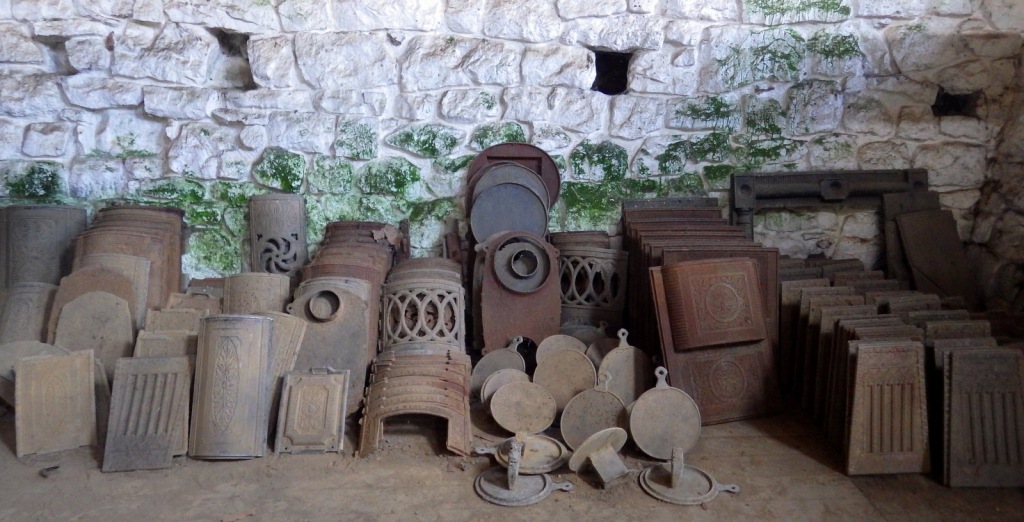The National Park Service (NPS) system preserves some of the most important locations in American history. Visiting many of these sites has left us feeling very patriotic and proud to be citizens of the United States of America. Here is a list of our favorite patriotic NPS sites (click here to see all of our Top 10 Lists).
10. Golden Spike National Historic Site (Utah)
On May 10, 1869 Americans (mostly immigrants) completed the monumental task to lay 1,776 miles of railroad track linking west to east

9. Minute Man National Historical Park (Massachusetts)
“The shot heard ’round the world” happened here, but the events really started in nearby Boston National Historical Park
8. Fort McHenry National Monument and Historic Shrine (Maryland)
A huge American flag flies over the site that inspired Francis Scott Key to write the National Anthem in 1814

7. Valley Forge National Historical Park (Pennsylvania)
We found the story of freezing and starving American troops more patriotic than nearby Independence National Historical Park where aristocrats signed a piece of paper
6. Tuskegee Airmen National Historic Site (Alabama)
“Double Victory” was the goal of these civil rights pioneers, who never would have flown if not for…
5. Wright Brothers National Memorial (North Carolina)
…the momentous 12-second flight that occurred here on December 17, 1903

4. Rosie the Riveter/World War II Home Front National Historical Park (California)
America was successful during World War II because every citizen made sacrifices for the greater good

3. National Mall (District of Columbia)
The nation’s front lawn is home to the Lincoln Memorial, World War II Memorial, and numerous other American monuments
2. Statue of Liberty National Monument (New York-New Jersey)
Lady Liberty is beautifully symbolic, but Ellis Island represents the gritty truth of the American dream
…and finally the #1 patriotic NPS site:

1. Mount Rushmore National Memorial (South Dakota)
Inspiring during the day, but for the full effect do not miss the Evening Lighting Ceremony offered May through September
Honorable Mentions
Lewis and Clark National Historical Park (Oregon-Washington)
There are numerous good museums celebrating the Corps of Discovery along the Lewis and Clark National Historical Trail that ends here on the Pacific Coast
Perry’s Victory and International Peace Memorial (Ohio)
A 352-foot tall memorial tower celebrates less the naval victory of 1813 and more so the world’s longest undefended international border

Colonial National Historical Park (Virginia)
Victory at Yorktown ended the Revolutionary War in 1781 near Jamestown, site of the first successful British colony in America




















































